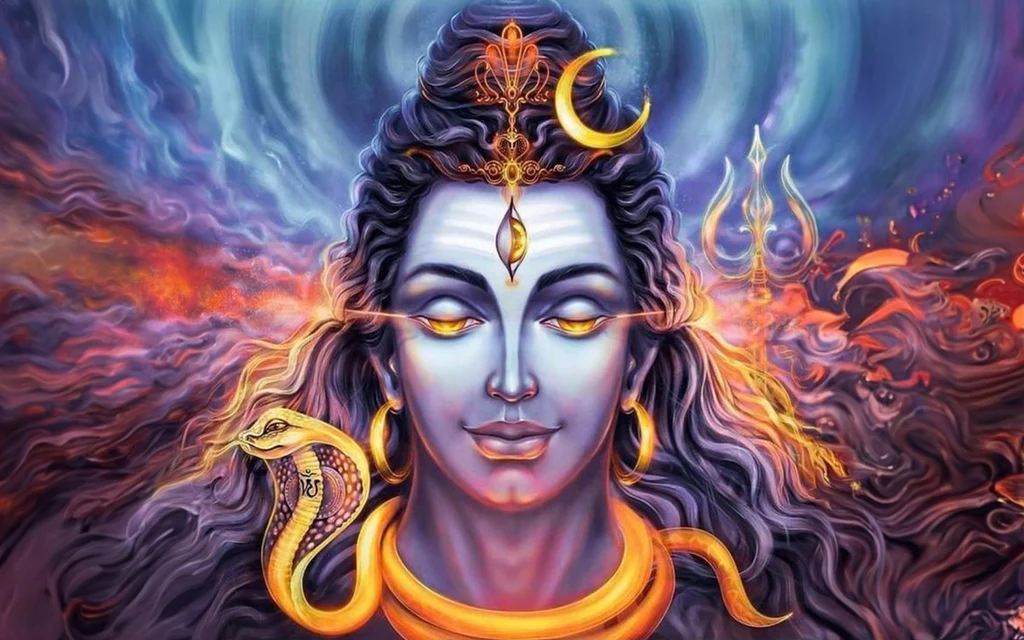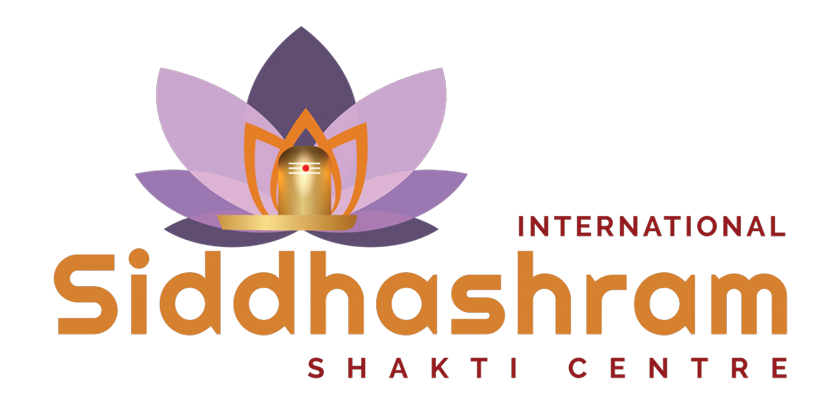
What Does Shiva’s Third Eye Symbolize in Hinduism?
In Hinduism, Trimurti means three main deities Brahma, Vishnu, and Shiva (Mahesh), all are known for their unique specialties and powers. Among them, if we talk about Lord Shiva then he is mainly recognized for his third eye. We have seen this form of him in many holy books, temple arts, and statues. But what exactly does the third eye of Lord Shiva represent?
This third eye is in addition to a mere visual representation. It is a great representative factor of spiritual vision, the destruction of illusion, and the recognition of deeper truths. So, let us explore what this eye on Shiva’s forehead signifies and why it has very high importance in Hindu philosophy and yogic tradition.
Brief Story Behind Shiva’s Third Eye
According to some ancient scriptures, this third eye revealed its power for the first time during a moment of cosmic disruption.
Shiva was in deep concentration when the god of love named Kama tried to break his meditation. Kama aimed an arrow of desire at the Lord, determined to spark Shiva’s feelings for Parvati. At that time, instead of giving any other response out of love or anger, Shiva opened his powerful third eye.
Consequently, Kama was burned to ashes in an instant.
This totally dramatic moment was not just for punishment but was a symbolic one. In which, Kama represents desire, distraction, and ego. On the other hand, Shiva’s third eye represents seeing everything. It is related with eliminating delusion and staying focused on the ultimate truth.
What Does the Third Eye Symbolize?
This third eye symbolizes something beyond the mythical concept. It is an effective portrayal of the inner and external feel. So, let us see some of the third eye’s symbolizations:
1. Inner Wisdom and Higher Vision
It is believed that our two eyes are for seeing the physical world while the unseen third eye is for recognizing things other than the visible one. This energy center, situated between the brows, is strongly linked with instinct, clarity, and spiritual understanding.
But opening the third eye here means awakening your inner wisdom, understanding the truth, and developing a deeper understanding of your life.
2. Destruction of Ignorance and Ego
The fire coming out from Shiva’s third eye symbolizes that ignorance, falsehood, and ego should be burnt and destroyed. It enhances a high level of awareness for illusions like attachments, fears, desires, etc., and keeps the mind clear to acquire true knowledge that matters.
This destruction may not seem entirely negative; instead, it works as a purifying force. It clears the goal for self-realization and spiritual development.
3. Awareness about Non-Duality
Hindu fundamentalists often believe in the concept of non-duality. In this, it is supposed that everything is connected with each other and is part of the same reality. In which the two physical eyes represent duality (right and wrong, good and bad) while the third eye is a symbol of oneness and unity. It enables us to overcome judgment and view any circumstance from a broader, more compassionate perspective.
4. Cosmic Awareness
Shiva is generally called “Mahadeva,” or “Supreme God” because of his great power and all-seeing awareness. And here Shiva’s third eye reflects his consciousness and says that he is aware of everything across each time and every space. It includes complete mindfulness of the previous time, present moment, and future event. He has the ability to see things that are not just visible but are actually happening.
Also Read: Why Are Mondays Especially Sacred to Shiva Devotees?
The Third Eye in Yoga and Spiritual Practice
Beyond mythology, the third eye plays an important role in yogic and meditative practices. In Yoga, it is also known as the Ajna Chakra which acts as a focus point for deep spiritual practice.
This Ajna Chakra can be activated through various processes like meditation, pranayama (breathwork), and chanting. When this energy center becomes active, the person typically experiences increased intuition and inner calm. This is mainly associated with enhancing clarity and concentration.
The Third Eye in Art and Culture
The third eye of Shiva is also a prominent visual element that is found in temple sculptures, paintings, and classical dance. It is situated in the vertical form on the forehead between the eyebrows and helps immediately send a sense of spiritual depth and power. It is frequently interpreted as a mark of internal intelligence.
In addition to this, a traditional tilak or bindi present on Hindu people’s foreheads functions similarly to Shiva’s third eye. It represents respect for the inner soul and gives spiritual awareness.
Conclusion
Lord Shiva’s third eye is not only a sign of power but is also an indication of consciousness. It represents the ability to see what matters, remove things that are unreliable, and connect with responsiveness on a deeper level.
The third eye symbolization comes with spiritual awakening and enables us to see the true essence of life while reminding us to stay focused on the truth.



